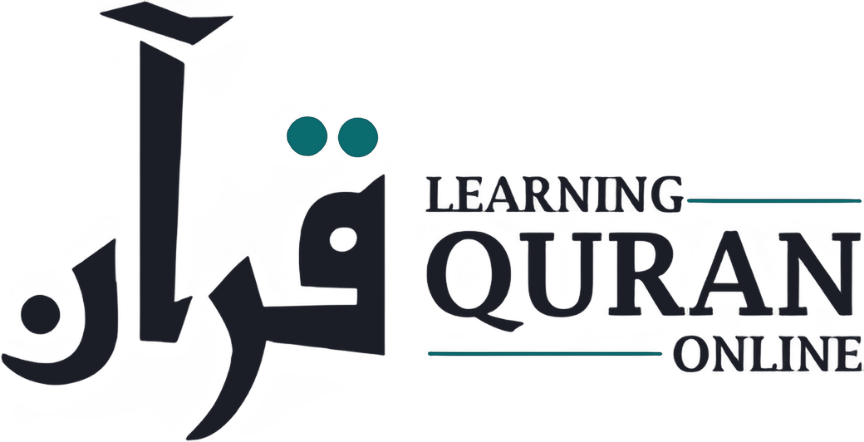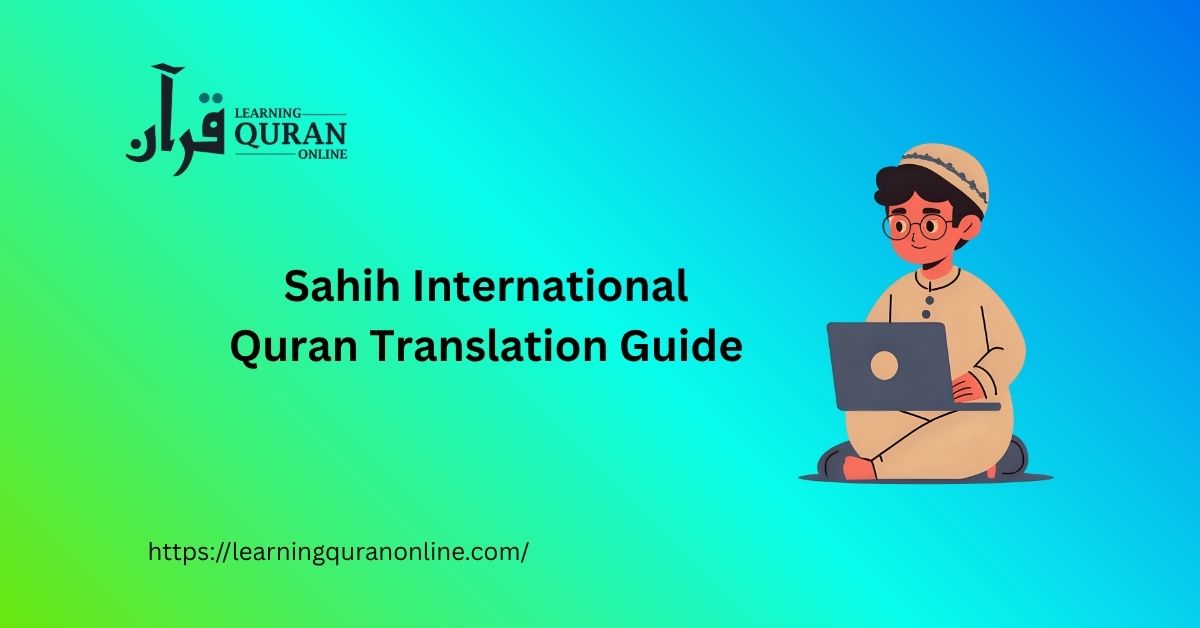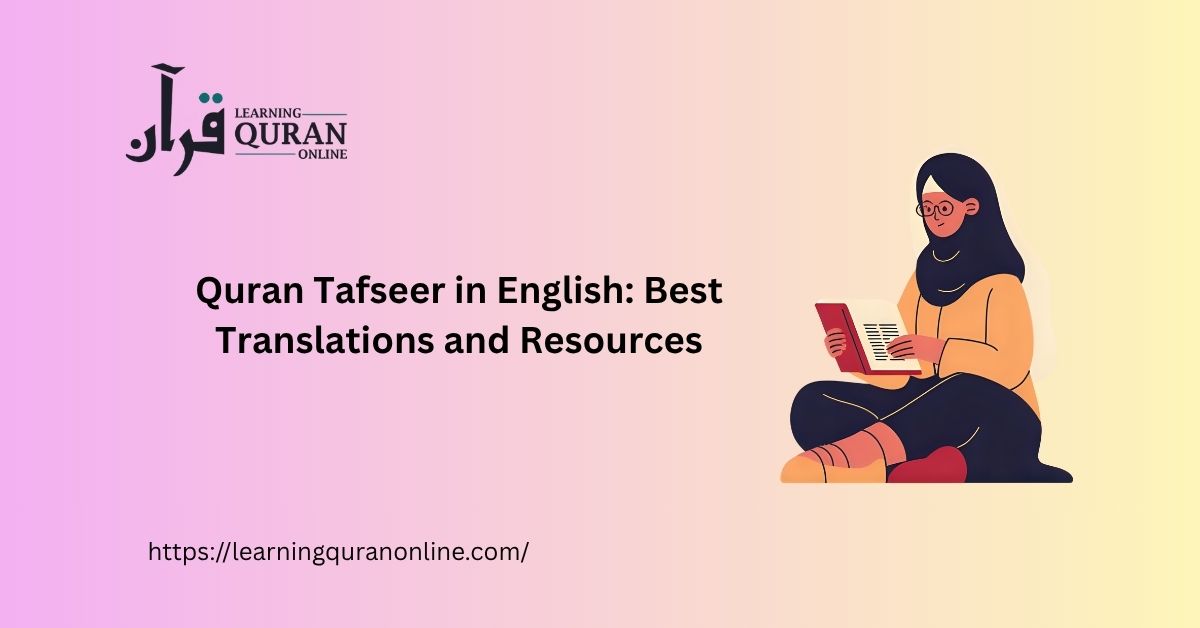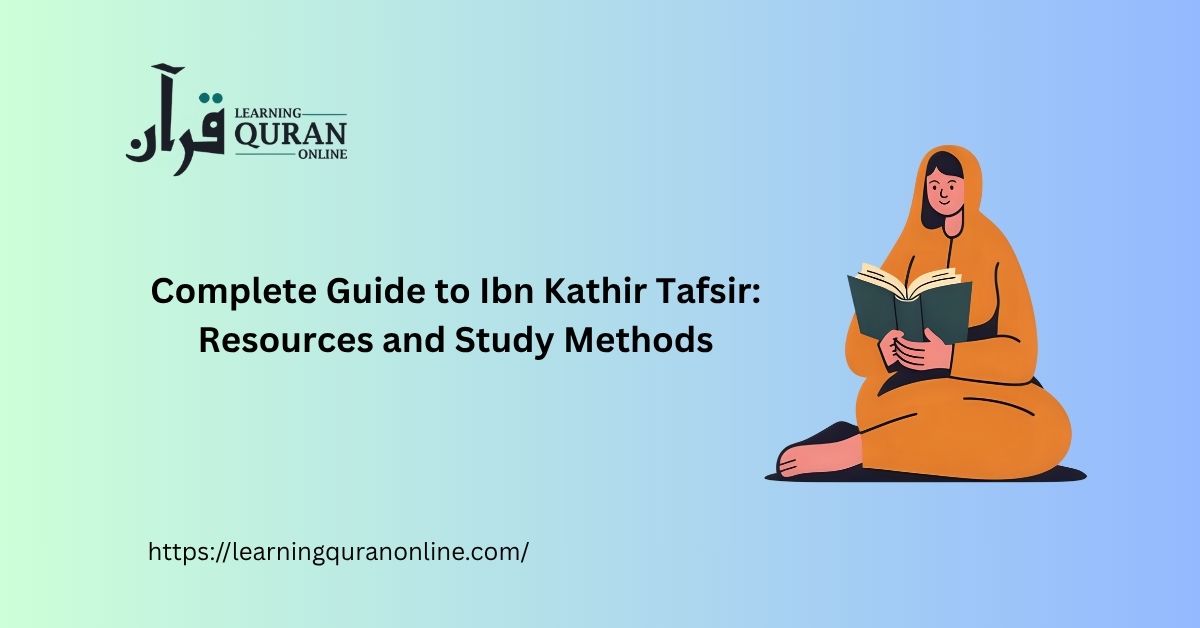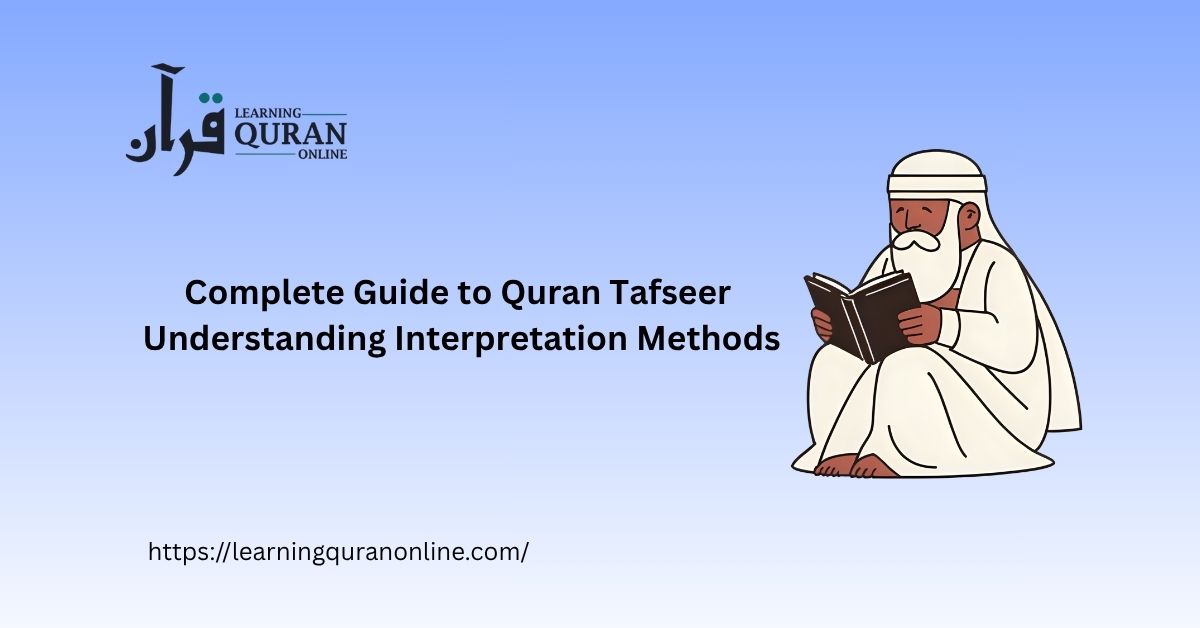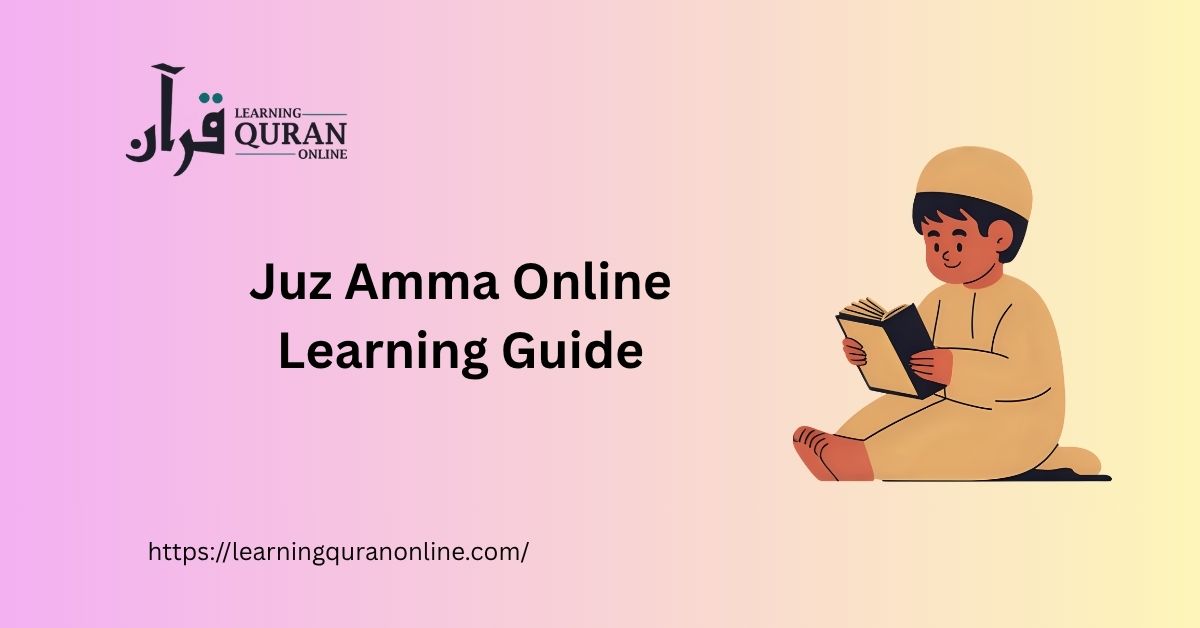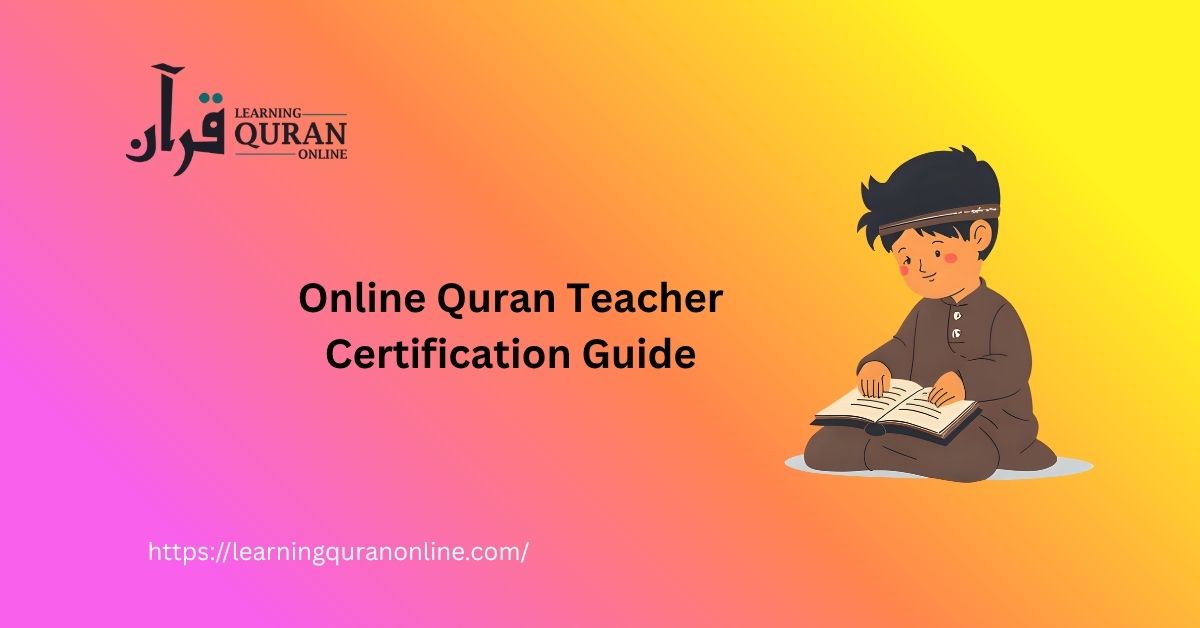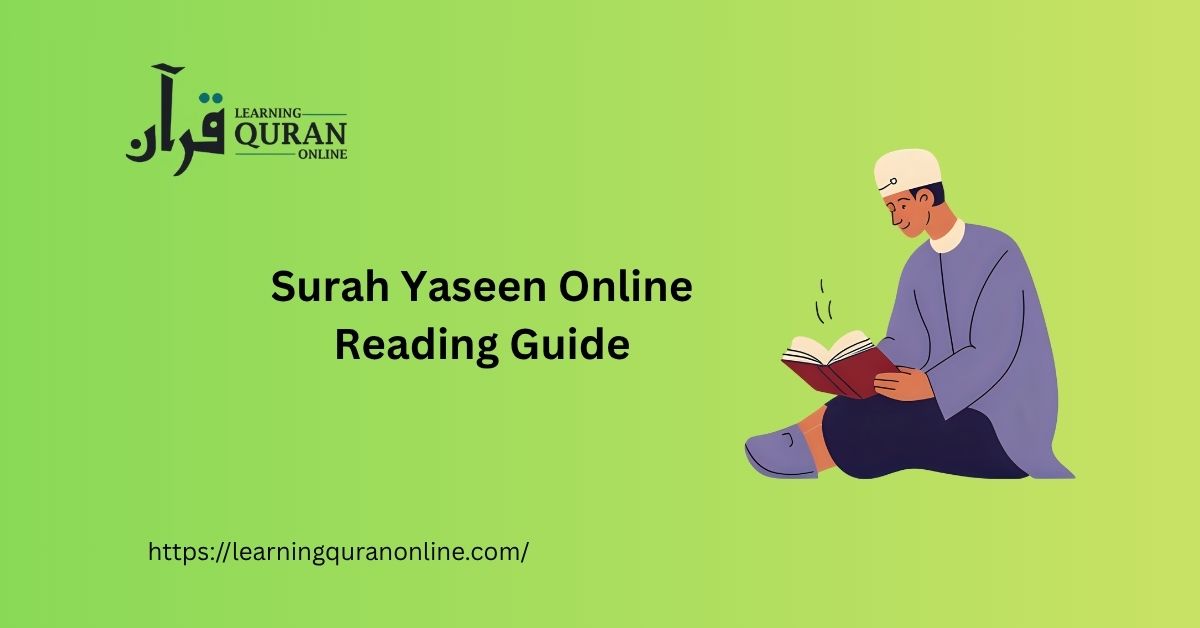Table of Contents
ToggleWhat Is the Sahih International Translation?
Sahih International is an English translation of the Qur’an produced by a small team of translators. It aims to strike a balance between literal accuracy and readability in modern English. The translation is commonly used in mosques, study circles, online Quran learning platforms, and printed editions due to its straightforward language, concise wording, and relatively neutral tone. As an accessible English rendering, it is often paired with Arabic text and brief footnotes, making it useful for both devotional reading and academic study.
Key Features and Benefits
The Sahih International translation includes several features that appeal to a wide audience. Below are the most notable:
- Contemporary, readable English: Uses modern vocabulary and sentence structure to be approachable for contemporary readers.
- Relative literalism: Leans toward a more literal translation of the Arabic while avoiding archaic expressions that can obscure meaning.
- Consistent terminology: Chooses consistent English equivalents for recurring Arabic terms, aiding comprehension and study.
- Minimal interpretive insertion: Keeps parenthetical notes and clarifications to a reasonable level rather than lengthy tafsir-like commentary.
- Widely available: Found in print, online, and in many digital Quran apps and study websites.
Our Online Quran Translation Classes
Translation Methodology: How Sahih International Approaches the Qur’an
Understanding a translation’s methodology helps readers know what to expect. Sahih International generally follows a methodology that combines linguistic fidelity with an emphasis on clarity:
- Textual fidelity: The translators aim to reflect the meaning of the Arabic text closely rather than imposing interpretive readings.
- Balanced literalism: While translating words and structures as literally as possible, the team adapts syntax and idiom to natural English to avoid awkward phrasing.
- Controlled annotation: Footnotes and parenthetical clarifications are used selectively to explain grammatical particles, cultural references, or alternate readings.
- Neutral voice: Avoids theological commentary or sectarian interpretations, making it suitable for a broad readership.
Strengths of Sahih International
For many readers, Sahih International’s strengths make it a preferred choice:
- Accessibility: The language is simple enough for English speakers with intermediate proficiency to follow.
- Study-friendly: Consistent terminology supports comparative reading and vocabulary building.
- Compatibility with learning: Works well with Qur’anic recitation and memorization because of clear verse-by-verse rendering.
- Non-technical presentation: Ideal for readers seeking the meaning without dense theological discussion.
Quran Translations: Complete Comparison Guide
Limitations and Considerations
No translation can perfectly reproduce the multifaceted meanings and rhetorical nuances of the Qur’anic Arabic. Sahih International is no exception. Readers should be aware of a few limitations:
- Loss of rhetorical depth: The Qur’an’s poetic and rhetorical features are often reduced in translation.
- Ambiguity in Arabic: Arabic words that carry multiple shades of meaning sometimes require explanatory tafsir (exegesis) that a translation cannot fully supply.
- Limited commentary: Readers seeking historical context, classical exegesis (tafsir), or legal implications will need to consult additional commentaries.
- Interpretive choices: Occasional translation choices reflect specific linguistic or theological judgments; comparing translations helps identify such choices.
How to Use Sahih International for Study
Whether you’re a beginner, a student of tafsir, or using the Qur’an for spiritual reflection, Sahih International can be used effectively if paired with the right methods and tools. Here are practical steps:
- Read verse-by-verse with Arabic: Follow the Arabic text along with the English to develop familiarity with Qur’anic vocabulary and structure.
- Use classical tafsir when needed: For verses that involve legal rulings, historical narratives, or complex theological points, consult tafsir sources such as Tafsir ibn Kathir, Al-Tabari, or reliable contemporary commentaries.
- Compare translations: Read other reputable English translations (e.g., Yusuf Ali, Pickthall, Muhammad Asad, or others) to see how different translators render difficult passages.
- Check footnotes and references: Sahih International’s footnotes can highlight alternate readings and brief explanations—use them as starting points for deeper study.
- Learn Arabic terms: Keep a glossary of frequently occurring Arabic terms (e.g., taqwa, iman, ayah, surah) to preserve conceptual nuance that a single English word might not capture.
Quran Online Reading with English Translation
Comparing Sahih International with Other Translations
Comparing translations is a useful study practice. Each translation has different priorities: some focus on literary style, others on linguistic literalness, and others on theological interpretation. Sahih International is known for:
- More modern and neutral language compared with older translations that use archaic English.
- Less interpretive commentary than translations that double as tafsir or theological exposition.
- Greater consistency in terminology than some translators who use varied English equivalents for the same Arabic word.
For a rounded understanding, pair Sahih International with a more explanatory translation or a classical tafsir. This approach uncovers linguistic subtleties, historical background, and jurisprudential implications that a translation alone may not provide.
Practical Tips for Students and Online Learners
If you are learning the Qur’an online or through structured programs, Sahih International can be a supportive companion. Here are practical tips to maximize your learning:
- Use verse memorization with translation: Memorize short surahs while reading the Sahih International translation to internalize both form and meaning.
- Take notes: Record questions, cross-references, and new vocabulary when a verse sparks curiosity.
- Participate in study circles: Discussing translations with teachers and peers helps correct misunderstandings and deepens insights.
- Use digital tools: Many online Qur’an platforms and apps incorporate Sahih International alongside Arabic script and audio recitation, enhancing multi-modal learning.
- Seek qualified guidance: For legal rulings (fiqh) or doctrinal matters, consult a qualified teacher or accredited online Quran academy rather than relying solely on a translation.
If you are searching for structured online learning, institutions like Learning Quran Online often recommend pairing modern translations like Sahih International with teacher-led lessons and classical tafsir sources.
Resources and Further Reading
To deepen your study, consider supplementing Sahih International with these resources:
- Classical tafsir collections for context and exegetical depth.
- Comparative translations for alternative renderings and clarifications.
- Arabic language courses (grammar, morphology, and vocabulary).
- Academic studies on Qur’anic rhetoric, history of the text, and translation theory.
- Digital platforms that combine Arabic, translation, audio recitation, and searchable concordances.
Conclusion: Who Should Use Sahih International?
Sahih International is an excellent choice for readers seeking a clear, contemporary English translation that remains reasonably faithful to the Arabic text. It is particularly useful for:
- New learners and those studying the Qur’an in English for the first time.
- Readers who want a neutral, readable translation for reflection and prayer.
- Students who are building vocabulary and comparing translations to develop deeper comprehension.
Remember that translations are interpretive acts: they are guides to meaning but not replacements for the original Arabic, classical tafsir, or qualified scholarly guidance. Use Sahih International as a reliable entry point, and complement it with comparative translations, tafsir works, and reputable teachers for a well-rounded study of the Qur’an.
Whether you are studying the Qur’an on your own, participating in an online course, or seeking supplemental reading during memorization, Sahih International remains a strong, user-friendly tool among the many Quran translation options available.
